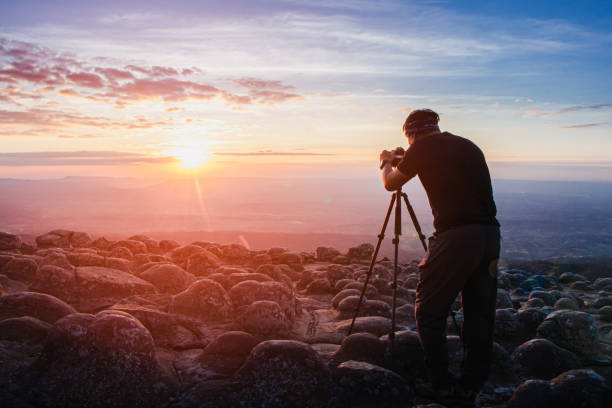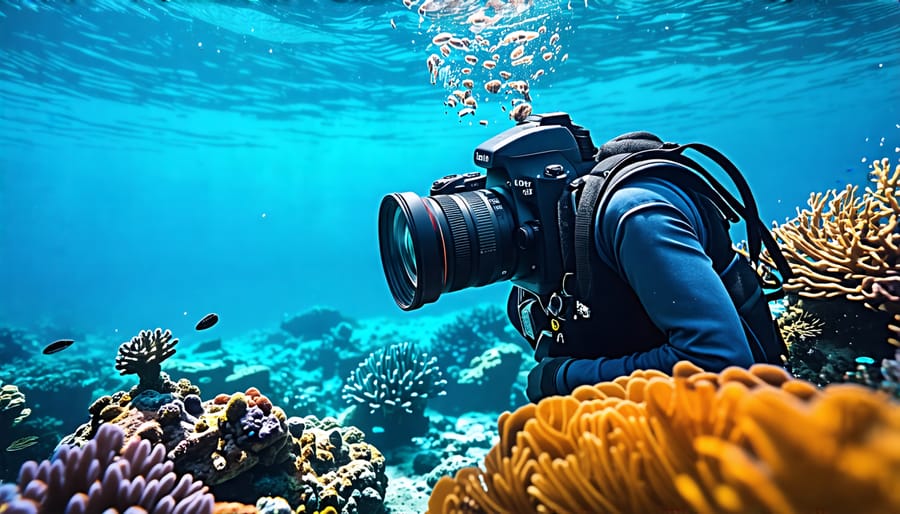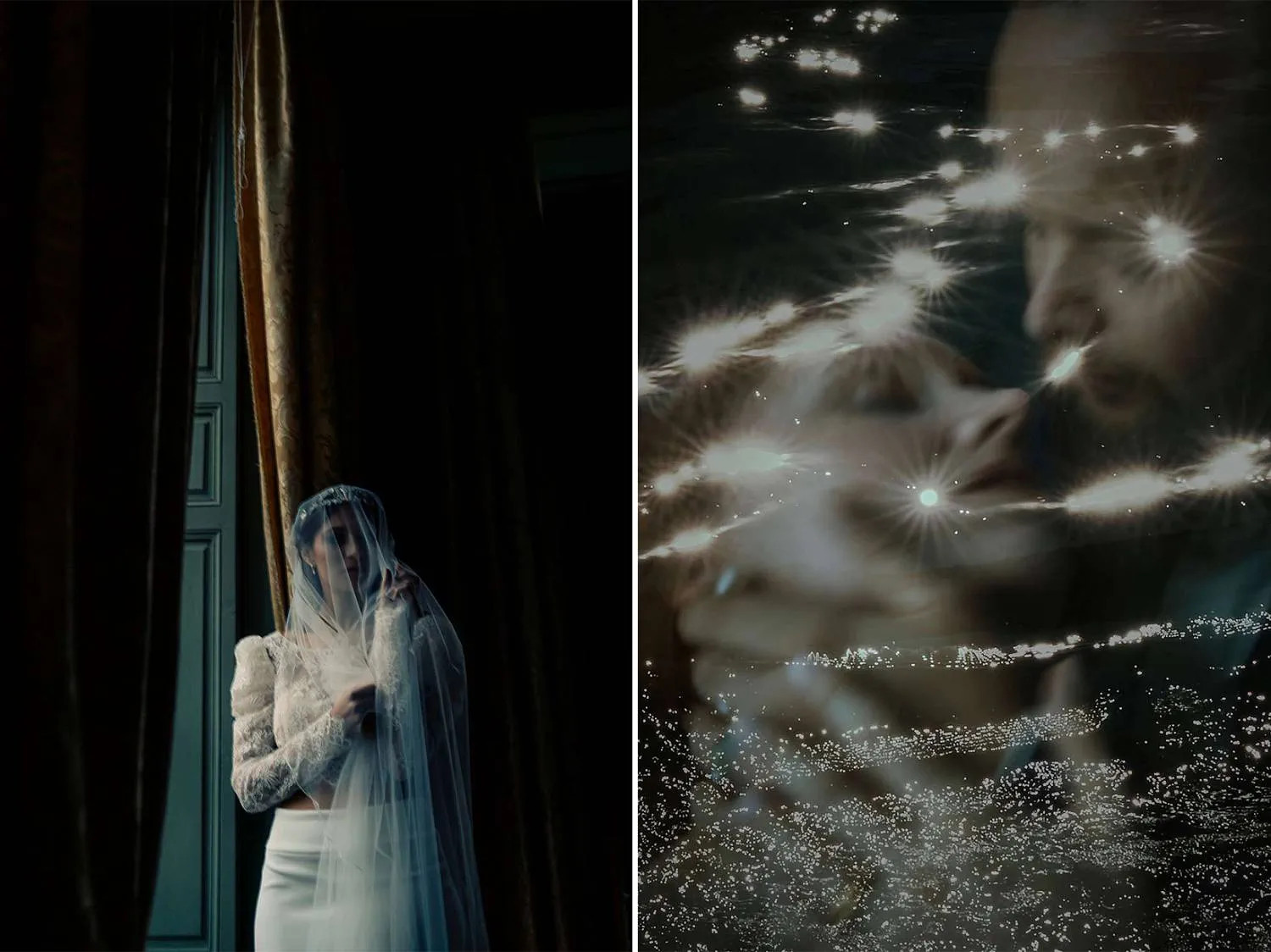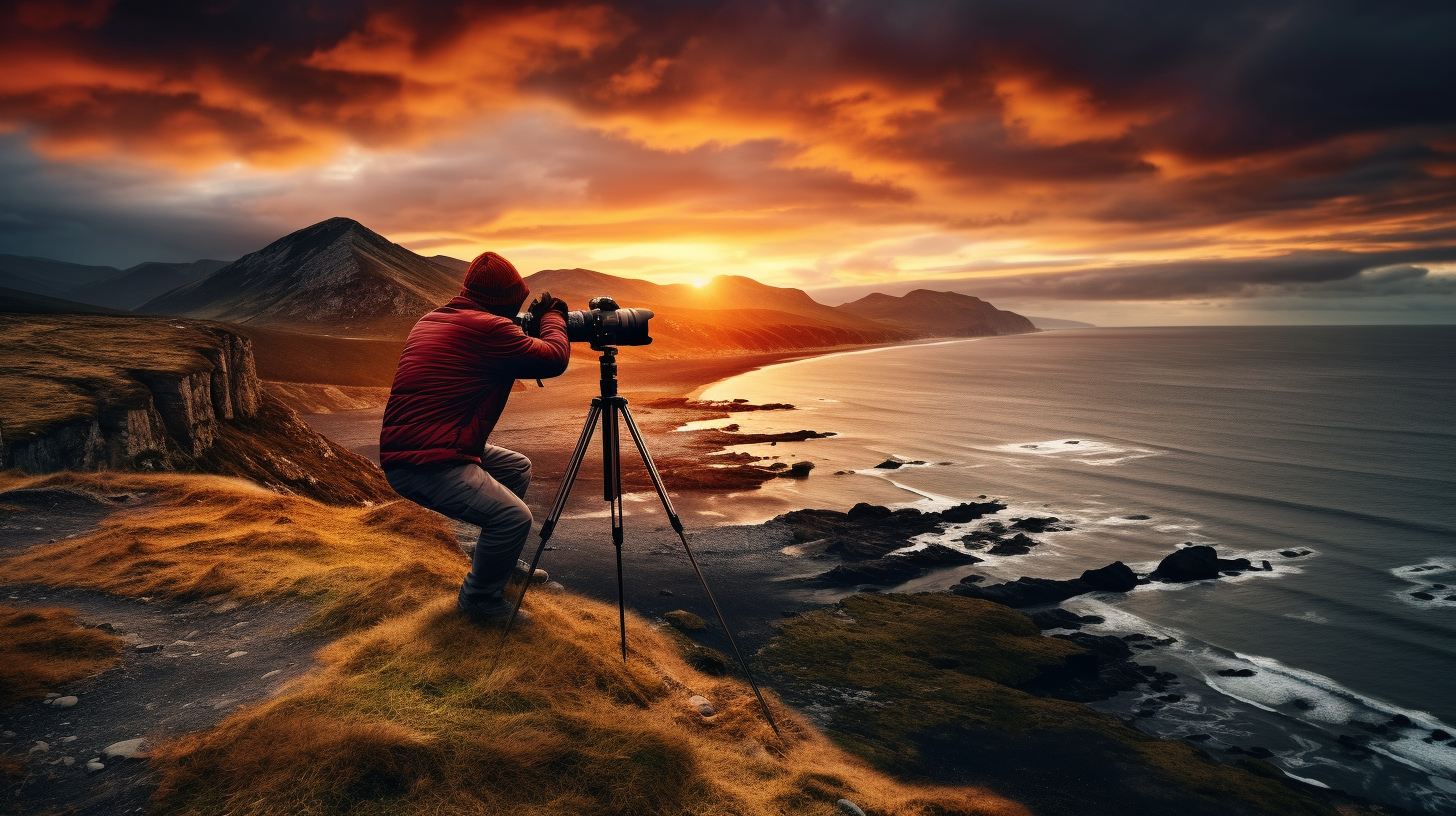Mastering the Lens: Unearthing the Insights of Modern Photography Trends and Techniques

21-12-2024, 19:36 Admin 8 036 0
In within the ever-evolving world of technology, the art of capturing precious moments has taken incredible strides. Today, modern photography trends and techniques are shifting the paradigm, giving all levels of photographers – from enthusiastic hobbyists to professional maestros – the ability to enhance their skills and showcase their creativity in unforeseen ways. Mastering the lens in the 21st century entails more than just a keen eye and steady hand; it involves leveraging cutting-edge tools and principles that have sprung up from the heart of our digital age.
The first modern trend in photography that has seen a meteoric rise is computational photography. This cutting-edge trend leverages powerful computational algorithms, harnessing your smartphone's advanced processing power to render stunningly high-resolution images. Google's Pixel phones and Apple’s iPhone series are prime examples of this reality, with their Night Sight and Night Mode features respectively, smashing previously insurmountable barriers tied to low-light photography. The result? Crystal-clear images in the dead of night, pushing the envelope of what is possible in handheld photography.
Another innovative technique reshaping the photography landscape is High-Dynamic-Range (HDR) imaging. In the past, photographers often struggled to represent an entire spectrum of brightness in one image. However, HDR imaging enables cameras to capture a higher range of luminosity, presenting the world not merely as we see, but more profoundly, as we experience. With the likes of Canon’s EOS 5D Mark IV employing HDR technology, photographers can now effortlessly balance shadows, mid-tones, and highlights, rendering photos with optimum depth and realism.
We also witness the fascinating rise of drone photography. This cutting-edge trend provides a unique vantage point previously unattainable, offering aerial perspectives and bringing a whole new dimension to photographic storytelling. From the efficient DJI Mavic to the robust Yuneec Typhoon H Pro, today’s drone technology delivers unparalleled 4K image quality, superimposing the art of photography onto the canvas of the skies.
Additionally, the world of virtual reality (VR) and augmented reality (AR) continues to revolutionize photography by redefining three-dimensionality. By equipping VR headsets, photographers immerse viewers in their pictures, allowing them to experience a 360-degree view. Companies like Nikon, with their KeyMission 360 camera, are at the forefront of creating such immersive experiences. On the other hand, AR introduces digital elements into real-world environments, opening up a new realm of creative possibilities and interactive photo experiences.
Moreover, an increasing trend towards using artificial intelligence (AI) in photography cannot be overlooked. AI-driven features like subject recognition, motion detection, and smart editing are defining the next frontier in photography. Companies like Skylum's Luminar have ingrained AI into their editing software, enhancing efficiencies by allowing photographers to bring their ideas to life through AI-powered enhancements.
In conclusion, the evolution of technology has revolutionized traditional concepts and practices in photography, broadening the horizons for photographers across the globe. With the promise of continually advancing technology, mastering the lens has become a nuanced dance between creativity and technology. The trends and techniques we've discussed only scratch the surface of what’s possible. As we delve deeper into the digital age, the canvas becomes ever broader, fortifying our ability to tell human stories through the universally captivating language of photographs.
The first modern trend in photography that has seen a meteoric rise is computational photography. This cutting-edge trend leverages powerful computational algorithms, harnessing your smartphone's advanced processing power to render stunningly high-resolution images. Google's Pixel phones and Apple’s iPhone series are prime examples of this reality, with their Night Sight and Night Mode features respectively, smashing previously insurmountable barriers tied to low-light photography. The result? Crystal-clear images in the dead of night, pushing the envelope of what is possible in handheld photography.
Another innovative technique reshaping the photography landscape is High-Dynamic-Range (HDR) imaging. In the past, photographers often struggled to represent an entire spectrum of brightness in one image. However, HDR imaging enables cameras to capture a higher range of luminosity, presenting the world not merely as we see, but more profoundly, as we experience. With the likes of Canon’s EOS 5D Mark IV employing HDR technology, photographers can now effortlessly balance shadows, mid-tones, and highlights, rendering photos with optimum depth and realism.
We also witness the fascinating rise of drone photography. This cutting-edge trend provides a unique vantage point previously unattainable, offering aerial perspectives and bringing a whole new dimension to photographic storytelling. From the efficient DJI Mavic to the robust Yuneec Typhoon H Pro, today’s drone technology delivers unparalleled 4K image quality, superimposing the art of photography onto the canvas of the skies.
Additionally, the world of virtual reality (VR) and augmented reality (AR) continues to revolutionize photography by redefining three-dimensionality. By equipping VR headsets, photographers immerse viewers in their pictures, allowing them to experience a 360-degree view. Companies like Nikon, with their KeyMission 360 camera, are at the forefront of creating such immersive experiences. On the other hand, AR introduces digital elements into real-world environments, opening up a new realm of creative possibilities and interactive photo experiences.
Moreover, an increasing trend towards using artificial intelligence (AI) in photography cannot be overlooked. AI-driven features like subject recognition, motion detection, and smart editing are defining the next frontier in photography. Companies like Skylum's Luminar have ingrained AI into their editing software, enhancing efficiencies by allowing photographers to bring their ideas to life through AI-powered enhancements.
In conclusion, the evolution of technology has revolutionized traditional concepts and practices in photography, broadening the horizons for photographers across the globe. With the promise of continually advancing technology, mastering the lens has become a nuanced dance between creativity and technology. The trends and techniques we've discussed only scratch the surface of what’s possible. As we delve deeper into the digital age, the canvas becomes ever broader, fortifying our ability to tell human stories through the universally captivating language of photographs.
Related News
Leave a Comment


